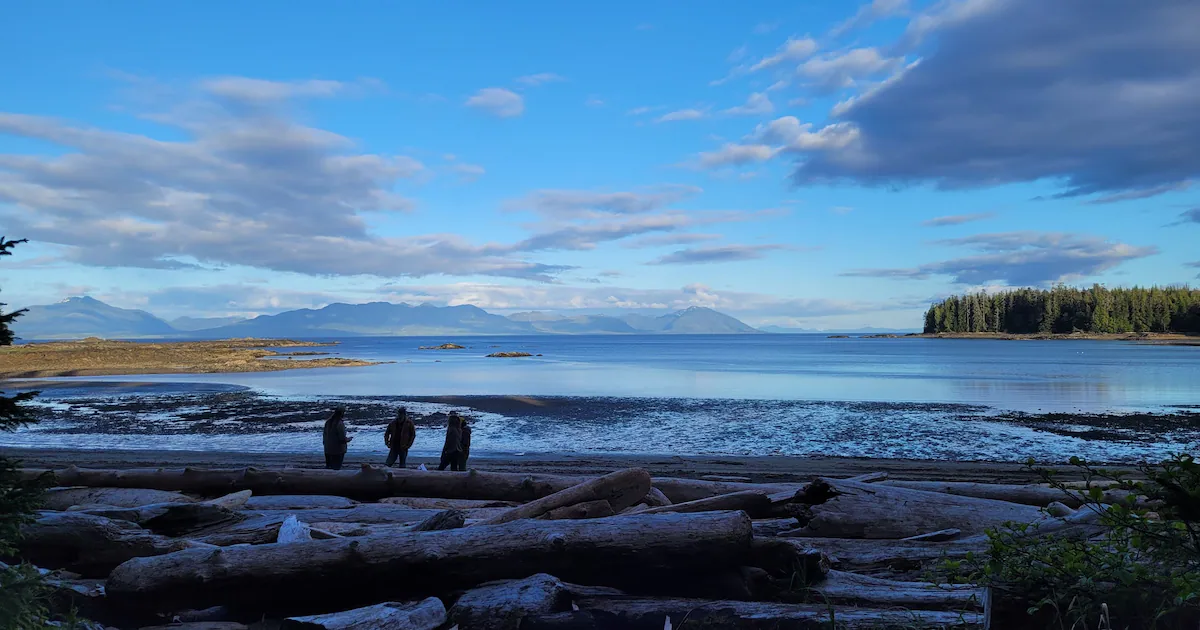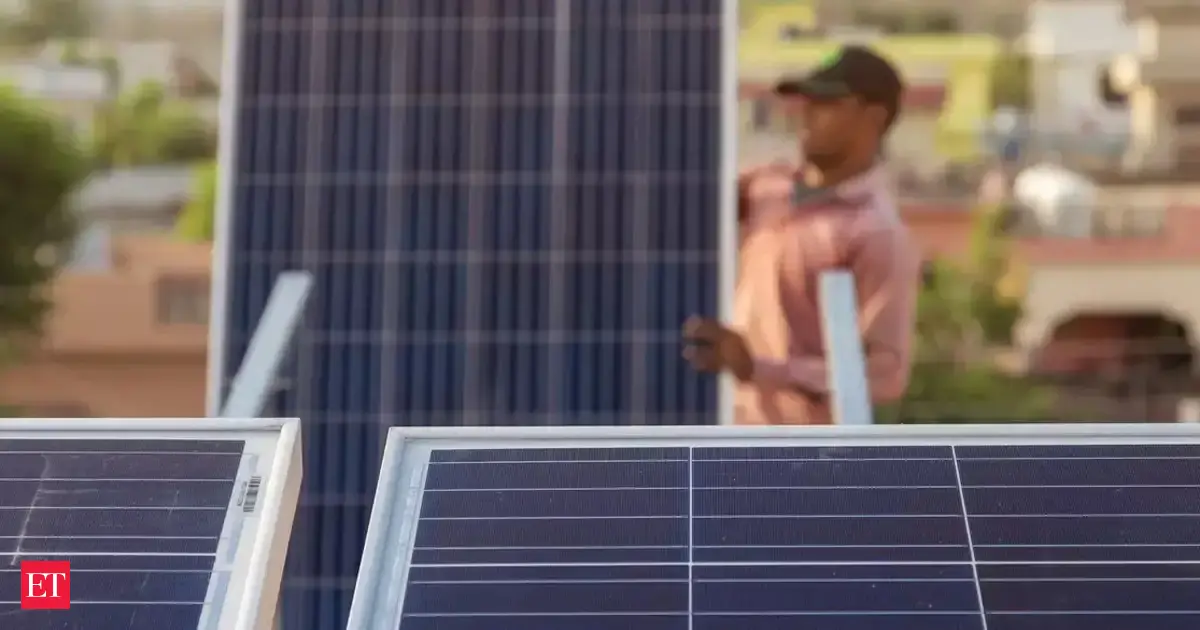
U.S. Agriculture Secretary Brooke Rollins recently wrote that the Trump administration is “restoring timber production as a cornerstone of the Tongass economy.” As a lifelong Alaskan who has lived on Prince of Wales Island for more than 40 years, I have witnessed many shifts in forest management over the years. I appreciate Secretary Rollins’s commitment to helping our rural communities, and I’d like to offer a local perspective to help USDA chart a course for our timber operators that aligns with the priorities and economic realities of Southeast Alaskans.
Prince of Wales Island produces nearly a quarter of Alaska’s statewide deer harvest and is the second-most popular sport fishing destination in Southeast Alaska. Like most of my neighbors, I fill my freezer and pantry with salmon, deer, berries and other wild foods harvested on the Tongass National Forest. Groceries are expensive on our remote island — a loaf of sandwich bread costs up to $11 — and hunting and fishing are essential to our way of life.
It doesn’t take a degree in wildlife biology to understand that abundant populations of fish and game rely on productive and intact habitat. Mature old-growth forests — with their complex structure and productive understory — provide the ideal habitat for the Sitka black-tailed deer, five species of Pacific salmon, and other iconic wildlife that feed our rural communities and attract more than 2 million visitors a year to the Tongass, the crown jewel of our national forest system.
Prince of Wales Island has experienced the highest density of old-growth clearcuts and the most habitat loss of any location in Southeast Alaska. Decades of industrial-scale logging and extensive roadbuilding on a mix of federal, state and privately owned lands removed much of the island’s contiguous large-tree old-growth forests — nearly 400,000 acres —leaving fragmented wildlife habitat, inadequate stream and coastal buffers, and hundreds of stream crossings that are impeding fish passage.
Biologists expect our deer population to decline significantly due to habitat loss from old-growth logging. Unmanaged stands of second-growth typically become poor deer habitat after several decades, when the forest canopy blocks light from reaching the forest floor, resulting in a lack of forage for deer. The Alaska Department of Fish & Game projects a 50-60% decline in deer carrying capacity in the area around Ketchikan and Prince of Wales by the end of the logging rotation in 2054.
There is very little appetite on Prince of Wales Island for continuing large-scale old-growth timber harvest. Our remaining old-growth forests can generate the most value for rural communities by maintaining the fish and wildlife populations that support our region’s leading economic sectors: tourism and seafood, which collectively provide 16,500 local jobs and a combined annual economic impact of $2 billion across Southeast Alaska.
Maintaining and restoring fish habitat in the largest salmon-producing region in Alaska also supports the America-first seafood strategy that Secretary Rollins and Secretary Lutnick are championing.
Now is the time for innovation in the timber industry, like integrated projects that restore salmon and deer habitat while producing value-added second-growth forest products for local markets. In the next five years, an annual volume of nearly 100 million board feet of second-growth is expected to be available for production in stands that have been pre-commercially thinned and are accessible on Forest Service roads, which dramatically reduces logging costs.
USDA’s priority should be helping our remaining sawmills retool for cutting second-growth timber that could help alleviate our region’s affordable housing challenges and support small mills operated by local families who live here year-round.
Southeast Alaska is often portrayed by the timber industry as a downtrodden and economically depressed region. In reality, a majority of business leaders in Southeast Alaska, 60%, have a positive view of our region’s business climate.
One factor clouding this outlook is uncertainty around anticipated federal actions — such as tariffs, executive orders, and regulatory and staffing shifts — with nearly half (47%) of surveyed businesses saying they expect negative impacts on their sector. USDA could offer some stability by maintaining roadless area safeguards for important habitat on the Tongass — policy that is broadly supported by local residents.
The Trump administration has a unique opportunity to do what no federal administration has ever been able to do: develop truly durable timber policy and programs on the Tongass. Secretary Rollins has demonstrated a strong affinity for Alaska issues and her support of our seafood industry is commendable. I am confident that if this administration is willing to genuinely collaborate with rural communities in Southeast Alaska, we can chart a bold and successful path for forest management together.
Ellen Hannan is a retired educator and avid outdoorswoman in Craig. She chairs the Craig advisory committee for the Alaska Department of Fish and Game and has volunteered as a hunter education instructor for more than 20 years.



